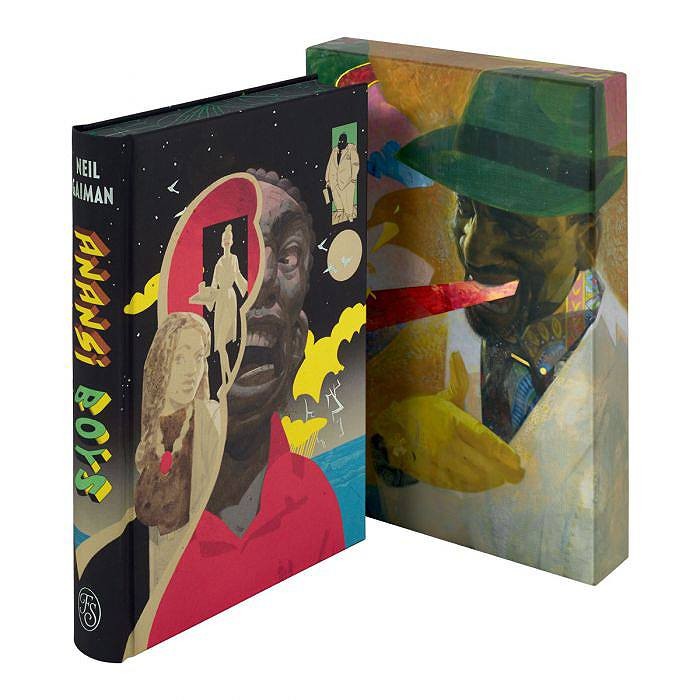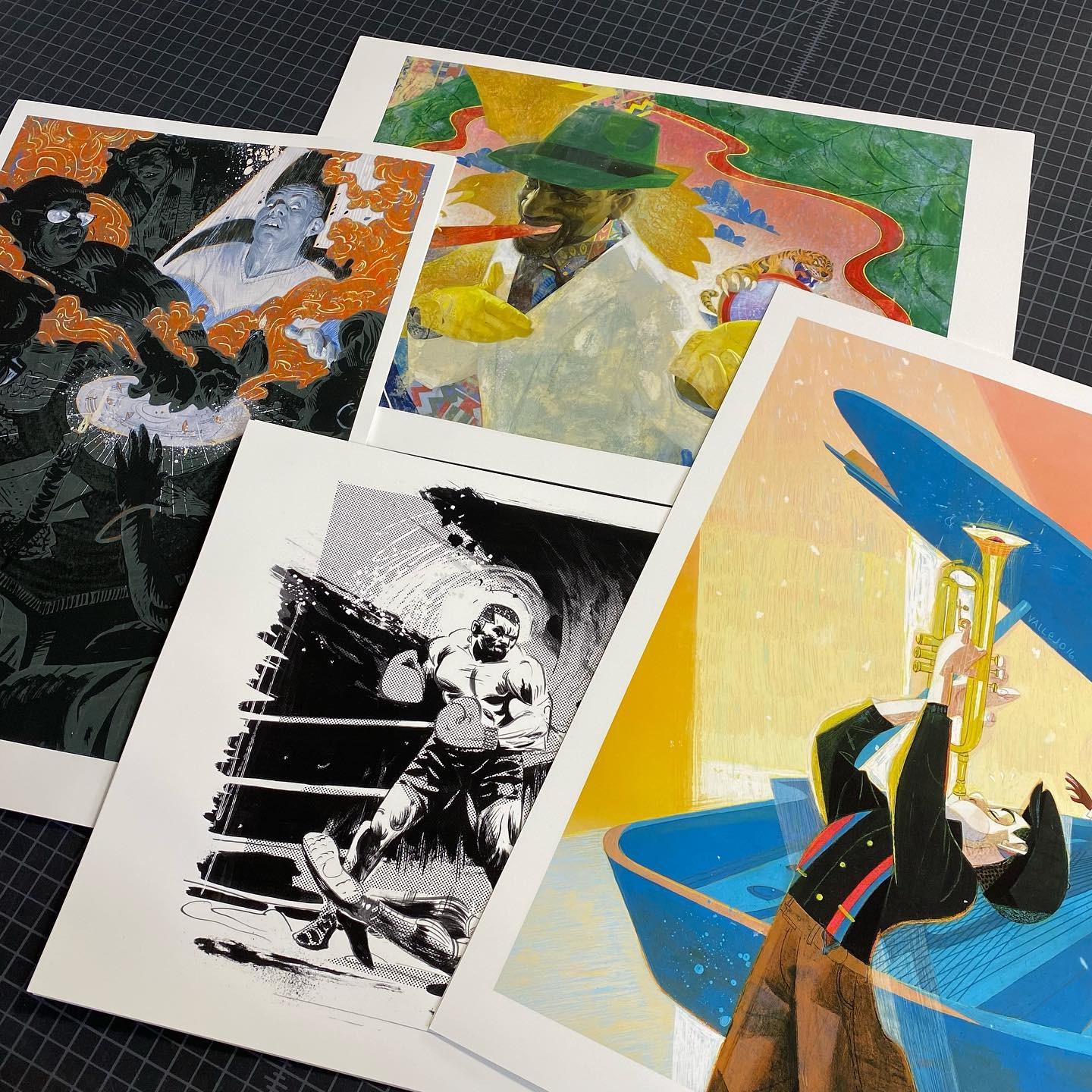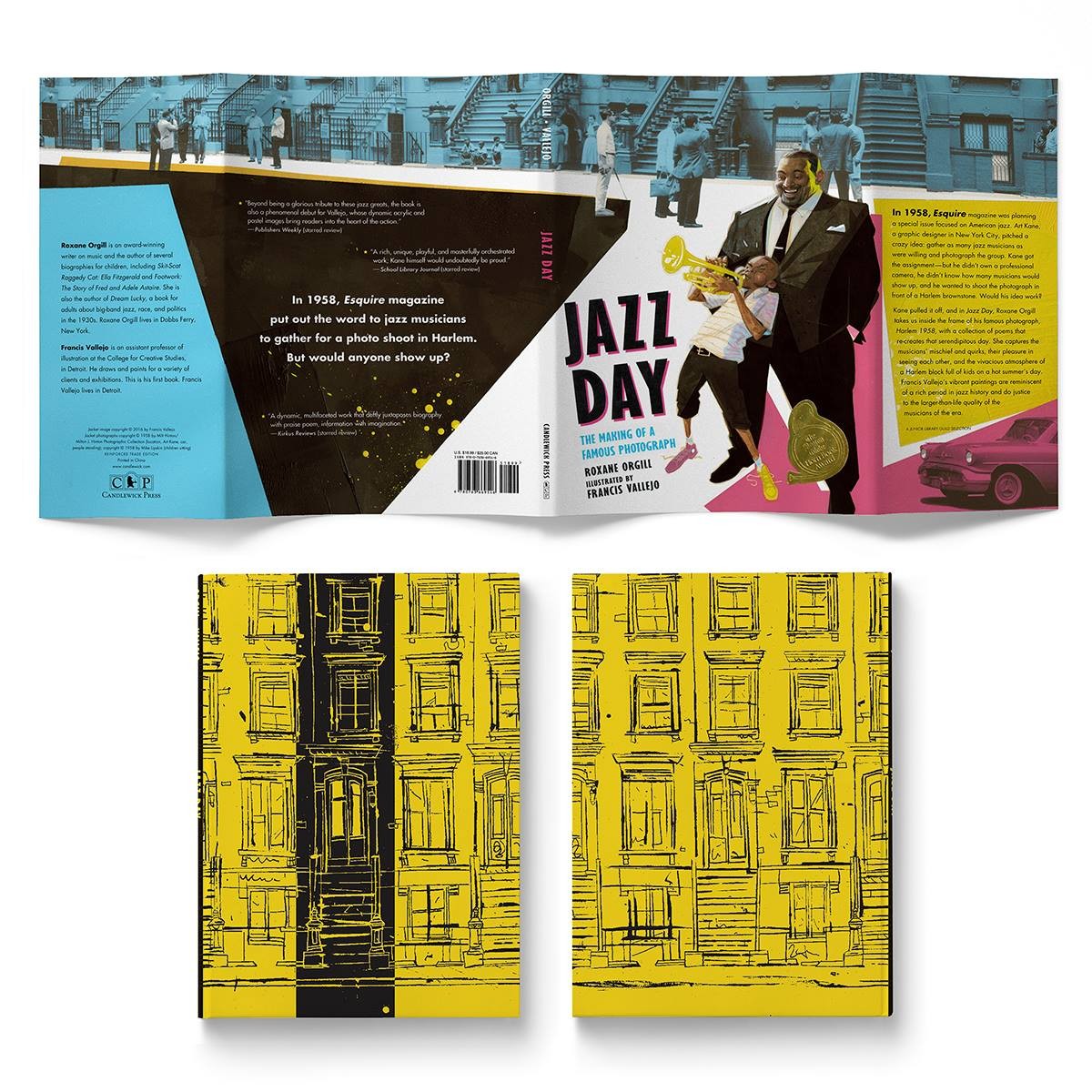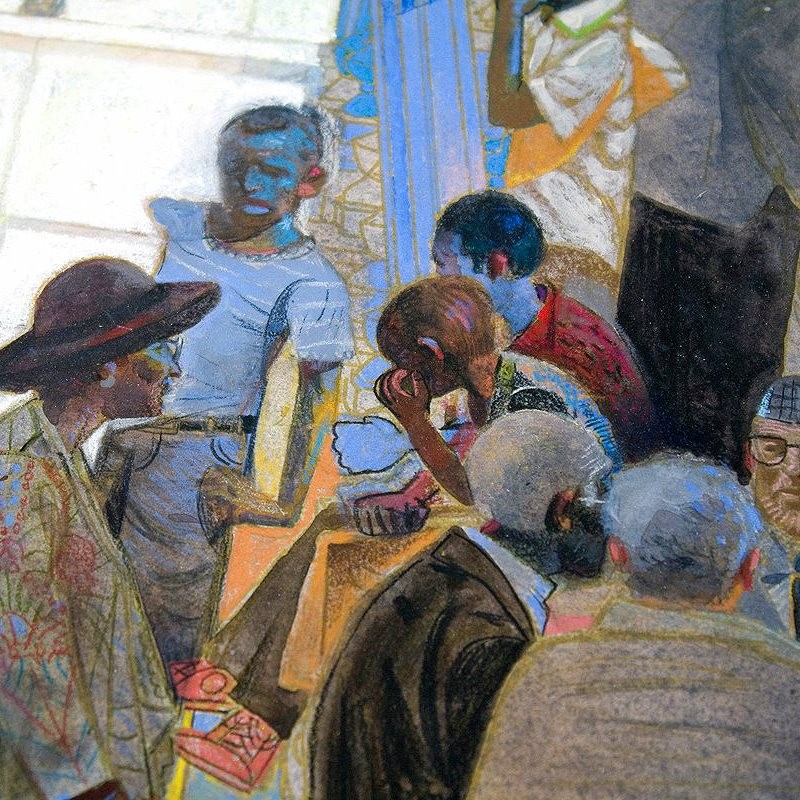We caught up with the brilliant and insightful Francis Vallejo a few weeks ago and have shared our conversation below.
Francis, looking forward to hearing all of your stories today. Do you feel you or your work has ever been misunderstood or mischaracterized? If so, tell us the story and how/why it happened and if there are any interesting learnings or insights you took from the experience?
This answer is dedicated to the parents that have a child that is passionate about the arts, specifically the craft of drawing and/or painting. If you are nervous, or against, your son or daughter’s creative career options, please read on. I know you have your child’s best interest in mind, and want them to pursue a career that has financial stability, but you owe it to them to advise them based on facts and not generational falsehoods.
First off, who am I? I am a professional illustrator that makes a good living drawing pictures and teaching others how to draw pictures. I live in an excellent home in a major U.S. city and in general have a charmed and secure life. I am very thankful. Everything good in my life has come from my interest in drawing. I even met my wonderful partner at an event I was drawing at. I was a high-achieving high school student that chose to pursue art as a career amidst a variety of other career opportunities. The vast majority of my closest friends from art school are doing the same or better. I say these things not to boast, but to give value to the aforementioned parents reading my words.
So let’s consider the following exchange I have (and all artists have) on a weekly basis:
What do you do for a living?
I’m an artist.
Is that your full time job or do you do something else?
That is my full time job.
*Confused look* I wish I could be an artist but I can’t draw a stick figure.
We all start life as artists but most stop. I bet you could draw really well if you practiced.
No way! I wasn’t born with that gift!!! *Laughs*
This conversation reveals two myths that remain embedded into U.S. culture:
-“Art is a hobby and not a sustainable career.”
FALSE. Artists are everywhere making excellent incomes.
-“Being skilled in the arts is a gift given at birth.”
FALSE. Anyone can learn to be an artist, it just takes study and application like any other discipline.
I used to reply to those comments with an edge of contempt, but as I’ve grown, I realize every career has preconceived notions – it’s just that artists strike up negative or apathetic ones. Most folks have not interacted with a professional artist long enough to understand what it means to pursue the arts as a career. And if they have, there is this idea that they have succeeded because of some mystical ability given at birth. So how could I expect anyone to articulately engage in my career? For example, when I speak to lawyers or police officers, much of what I know about them comes from the media since I don’t know any in real life. So maybe examine your biases towards the arts and ask yourself if you really understand what a career in the arts means, or are you basing it off myths and falsehoods?
Unfortunately, clear and informed information on careers in the arts is rare. The era of social media and Youtube has helped, but the arts are still fighting an uphill battle towards cultural acceptance as a legitimate career. I wish I could talk to every parent at length and temper their concerns and answer their questions.
So how about some concrete facts:
Markets of Illustration: https://www.dropbox.com/preview/ART/Art%20resources%20and%20PDFs/FV%20Handouts/Illustration_Markets_Draft1_DepartmentMeeting_Sept17_LARGE.pdf?role=personal
Collection of real rates illustrators are receiving: https://litebox.info/2019/08/02/wage-surveys/
Wages for the Film/VFX and Games industry: https://www.dropbox.com/s/lvl42zj2uz28562/payrates.jpg?dl=0
Animation salaries: https://docs.google.com/spreadsheets/d/1hLki-RUHJXgYj_RJKWlwUXfrWUWEi9yIcyLzEifxYrY/edit#gid=143902278
Wages for artists int he entertainment industries: https://docs.google.com/spreadsheets/d/1Vi6isACohsmiq8Obg_NdcTUCzYKt6gYF-gOdkdOKqU8/edit#gid=107176013
Graphic Design Salaries: https://docs.google.com/spreadsheets/d/1aFoSJr1qWBH3nWMeoEdFP4her8NvI7RZf6skyQmOAsU/edit#gid=257041397
Graphic Design rates:
https://docs.google.com/spreadsheets/d/19c5HPHap-RkOFnAsveB19HngLVowYn4IoTOgZr7D3OA/edit#gid=0
Ultimate resource for artists pricing their work based on sustainable living needs: https://jessicahische.shop/products/dark-art-of-creative-business
Finally, there is an additional bias that artists are poor with money and scatterbrained. To succeed in this industry you have to be very informed on the business aspects and many that succeed are. A strong art program willI teach money and business management.
I implore you to reconsider your biases towards creative pursuits. Does your niece or nephew or son or daughter have an interest in drawing, or singing, or dancing, or theater? Encourage them and look to connect them with professionals in the field. Educate them and educate yourself. Give them the best chance to succeed. Please PLEASE do not extinguish their passion before it has a chance to flourish.



Great, appreciate you sharing that with us. Before we ask you to share more of your insights, can you take a moment to introduce yourself and how you got to where you are today to our readers.
Growing up I was determined to be a rapper, play in the NBA, or draw comic books – ideally all at once. I did well in school, growing up on the East Side of Detroit, but I never felt connected to the majority of my classes. My dad is a bit of a contrarian and that rubbed off on me. The less likely and more left-of-center something was, the more I wanted to do it, hence my non-traditional career goals. My rhymes were embarrassing, my handles too sloppy for a point guard, but I could draw. I had a very up and down experience with art instruction in high school: one year of a very encouraging teacher, another year of a problematic teacher stealing student’s Scholastic Art money, and my final year or no art classes resulting in me drawing in the boiler room of the school. I ended up applying to the local art college – The College for Creative Studies (CCS), based in Detroit. They were uneasy with my application and recommended I work on my composition. I didn’t know what composition was, and left disheartened. Later CCS hosted a college fair, and I noticed a pamphlet from Ringling College of Art + Design. On the cover was a dramatic beach photo; they knew their audience. I applied to the college on the strength of the idea of leaving grey Detroit for sunny beaches and drawing. I was accepted with a scholarship and joined the Computer Animation major due to advice I would make the most money from that major. I spent 3 years in Computer Animation and became more and more disheartened due to the lack of drawing. I changed majors and switched to Illustration. One of the best decisions of my life! I flourished in the Illustration major and ended up winning the national Zankel Scholar award from the Society of Illustrators in NYC for the top Junior Illustration student in the country, Senior Select for the Illustration department, and gave the student speech at graduation. Two facets of Ringling contributed the most to my success (1) Illustration instructor and my mentor George Pratt and (2) The Illustration Academy was hosted on Ringling’s campus during my time there, and I attended twice.
After graduation in the midst of the 2009 Recession, I moved back home to Detroit and began working in comics. Shortly after, I moved to Austin, TX, after taking a position as Studio Lead at The Art Department. I moonlit as a freelance editorial and comic artist with some storyboarding sprinkled in. Two years later, I moved back to Florida to share a studio with the aforementioned George Pratt and focus on a purely freelance career. It was there I realized publishing was the industry best suited for my illustrations due to the long deadlines and ability to experiment with large bodies of work. I began work on my first illustrated book Jazz Day, written by the great Roxane Orgill. After two-ish years in Florida, my father became ill (he fully recovered, thankfully), so I moved back to Detroit, finished my Jazz Day book, and began teaching full time at the same college that was (rightfully) hesitant to accept me: CCS. I even later developed a Composition class for the department! I was 30 years old by that point.
Now I am 36 and have been teaching at CCS for over 6 years, completed my M.A. Graduate degree, have released another illustrated book written by Neil Gaiman called Anansi Boys, and am staying busy with freelance illustration and developing my own line of illustrated products. I am very pro-Detroit and am having a blast in the city with my wonderful partner and Weimaraner dog. Detroit’s creative community is exploding, and the city, in general, is moving in a very exciting direction. Detroit offers affordable living accommodations many cities can only dream of! I’ve finally found a respectable work/life balance and divide my time between teaching, drawing, athletics, and adventures with my friends and family. I am thankful everyday for the gift of life!
My greatest gifts that allowed me to get to this point were, and are, an incredibly supportive mother and father that devoted vast swaths of time to raising me and simply spending time together. Vallejo men have a legacy of being incredibly hard workers. I look to continue that legacy (within reason). My father instilled in me an intense curiosity for the world, and my mother provided an appreciation for wellness. I was also incredibly lucky to cross paths with The Illustration Academy community which was the source of much of my success in Illustration!



How can we best help foster a strong, supportive environment for artists and creatives?
Pay artists a livable wage. I realize this response is ironic given the topic of my first answer regarding artists being able to make a good living. In my experience, the lower level freelance industries are struggling to provide liveable wages and many artists start their career navigating this arena until they move onto the more steady high end lucrative clients. This is speaking about those early freelance industries.
An artist’s time costs money exactly the same as any skilled craft. When you hire a master plumber or electrician, you expect to pay them $80-$120 per hour. If you are seeking creative work, you should anticipate paying the artist the same amount for however long it takes them to create said work.
Here is a document to summarize how to hire an artist: https://theaoi.com/resources/professional-practice/guide-to-commissioning/
Are there any books, videos, essays or other resources that have significantly impacted your management and entrepreneurial thinking and philosophy?
Hannah Cole has excellent resources on money management and taxes for creatives: https://www.sunlighttax.com/
Workflow, Time Management and Productivity for Creatives by Lisa Congdon is excellent: https://www.creativelive.com/class/organization-and-time-management-for-creatives-lisa-congdon
Running a creative Business by Jessica Hische is life altering: https://jessicahische.teachable.com/p/the-dark-art-of-creative-business
As you can tell, all of these are centered around the business of running a creative business and are essential skills to survive as a creative person.
Contact Info:
- Website: http://www.francisvallejo.com/
- Instagram: https://www.instagram.com/francisvallejoart/
- Facebook: https://www.facebook.com/francisvallejoart
- Twitter: https://twitter.com/francisvallejo
- Other: Store: https://francisvallejo.mysupadupa.com/
Image Credits
Header Photo: Paul Briles


